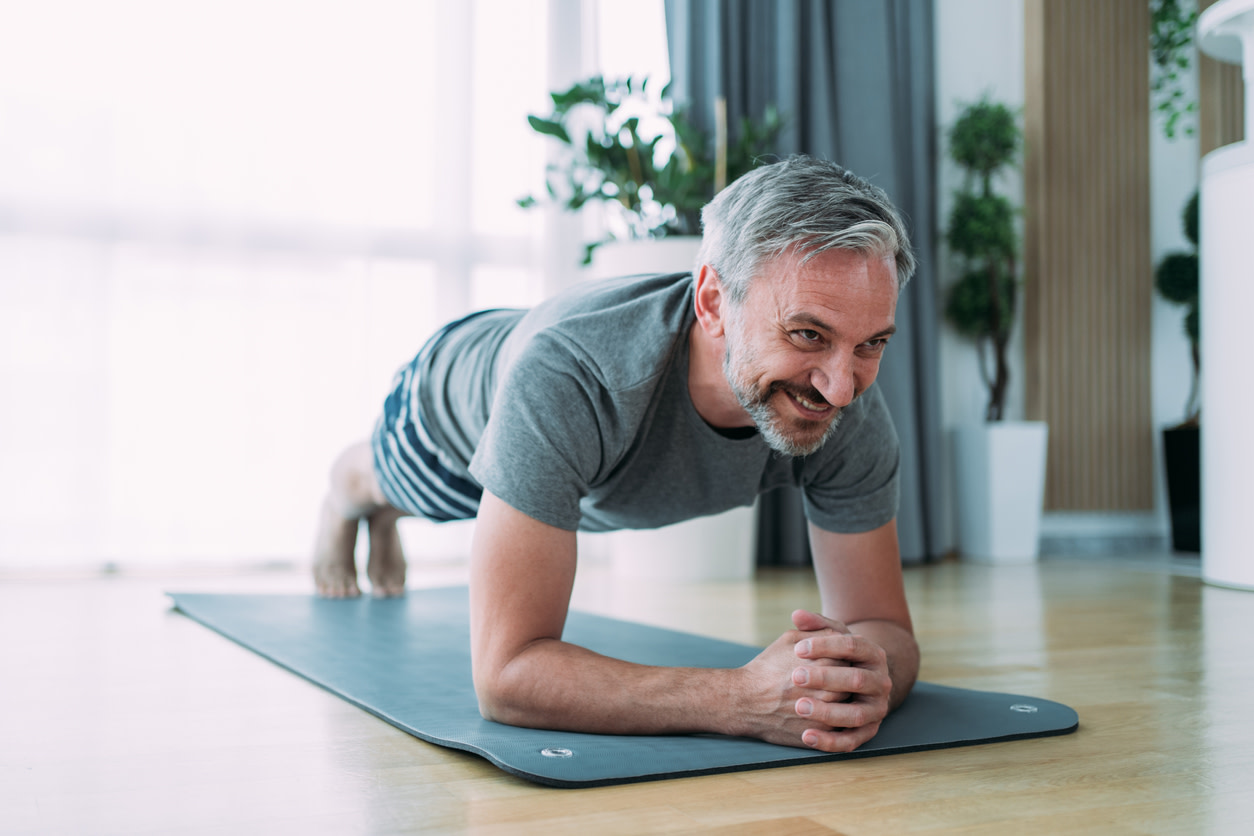10 Isometric Exercises Recommended by Physical Therapists for Strength and Recovery
Discover the benefits of isometric exercises and get the top moves recommended by physical therapists to enhance strength and recovery.
$0 costo para usted
Fecha de Publicación: Aug 28, 2024
